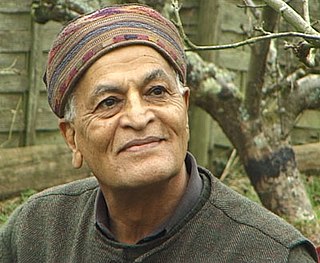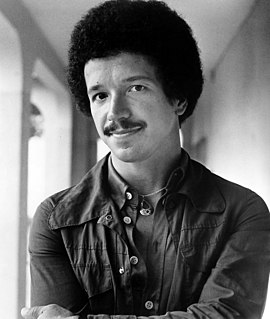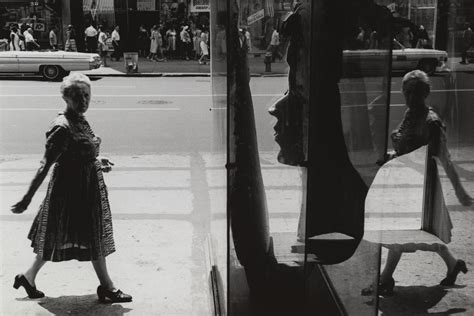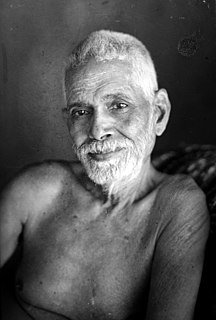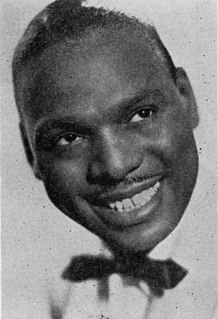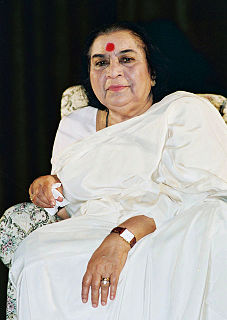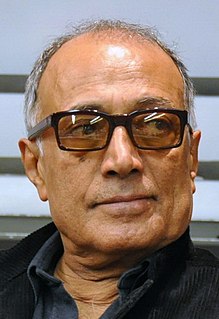A Quote by Edgar Degas
It is people's movement that consoles us. If the leaves of a tree did not move, how sad would be the tree - and so should we.
Related Quotes
Leaves are usually looked upon as the children of the tree. Yes, they are children of the tree, born from the tree, but they are also mothers of the tree. The leaves combine raw sap, water, and minerals, with sunshine and gas, and convert it into a variegated sap that can nourish the tree. In this way, the leaves become the mother of the tree. We are all children of society, but we are also mothers. We have to nourish society. If we are uprooted from society, we can not trasform it into a more liveable place for us and our children.
Sometimes I come across a tree which seems like Buddha or Jesus: loving, compassionate, still, unambitious, enlightened, in eternal meditation, giving pleasure to a pilgrim, shade to a cow, berries to a bird, beauty to its surroundings, health to its neighbors, branches for the fire, leaves for the soil, asking nothing in return, in total harmony with the wind and the rain. How much can I learn from a tree? The tree is my church, the tree is my temple, the tree is my mantra, the tree is my poem and my prayer.
Christians, of all people, should not be destroyers. We should treat nature with an overwhelming respect. We may cut down a tree to build a house, or to make a fire to keep the family warm. But we should not cut down the tree just to cut down the tree. We may, if necessary, bark the cork tree in order to have the use of the bark. But what we should not do is to bark the tree simply for the sake of doing so, and let it dry and stand there a dead skeleton in the wind. To do so is not to treat the tree with integrity.
The idea that the snapshot would be thought of as a cult or movement is very tiresome to me and, I'm sure, confusing to others. It's a swell word I've always liked. It probably came about because it describes a basic fact of photography. In a snap, or small portion of time, all that the camera can consume in breadth and bite and light is rendered in astonishing detail: all the leaves on a tree, as well as the tree itself and all its surroundings.
Do you know that even when you look at a tree and say, `That is an oak tree', or `that is a banyan tree', the naming of the tree, which is botanical knowledge, has so conditioned your mind that the word comes between you and actually seeing the tree? To come in contact with the tree you have to put your hand on it and the word will not help you to touch it.
Sahaja Yoga has cured people from cancer, from all kinds of diseases which they call incurable. How? Just by awakening the Kundalini. Sahaja Yogis don't go to any doctor, they had become doctors without studying Medicine. They treat the basics. While science is analysis, like a tree has got some leaves and are showing the symptoms of some disease they try to treat the leaves. But if you have to treat the leaves, you cannot do any justice, you have to go to the roots and treat the sap! And that is how - that is the only way you can treat the tree.
The forest stretched on seemingly forever with the most monotonous predictability, each tree just like the next - trunk, branches, leaves; trunk, branches, leaves. Of course a tree would have taken a different view of the matter. We all tend to see the way others are alike and how we differ, and it's probably just as well we do, since that prevents a great deal of confusion. But perhaps we should remind ourselves from time to time that ours is a very partial view, and that the world is full of a great deal more variety than we ever manage to take in.


